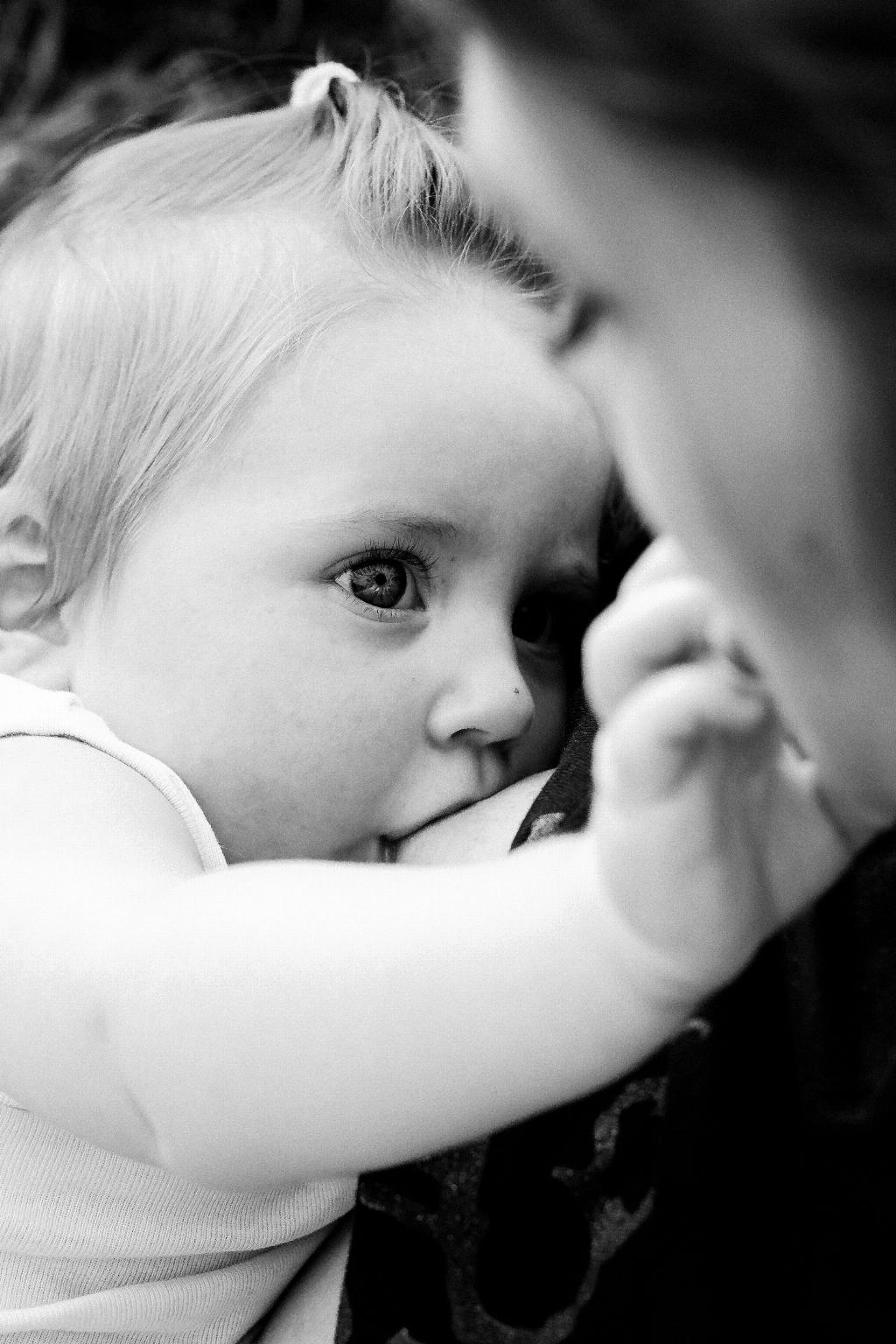Experiencing a rash or skin condition while breastfeeding can be a challenging situation for many mothers. It can cause discomfort and pain, making the act of nursing difficult. However, it is important to note that having a rash does not mean you need to stop breastfeeding altogether.
Consult a Healthcare Professional
If you are concerned about the impact of your rash on breastfeeding, it is crucial to consult with a healthcare professional. They can provide you with personalized advice based on your specific situation and help you navigate the challenges associated with nursing while dealing with a skin condition.
Maintaining Hygiene
One important aspect to consider when breastfeeding with a rash is maintaining proper hygiene. Keeping the affected area clean and dry can help prevent further irritation and potential complications. Ensure that you wash your hands before and after nursing to minimize the risk of infection.
Choosing the Right Clothing
Opting for loose-fitting, breathable clothing can help reduce friction and irritation on the affected area. Avoid tight clothing or synthetic fabrics that can exacerbate the rash. Cotton clothing is a good choice as it allows the skin to breathe and can promote faster healing.
Applying Gentle Moisturizers
Using mild, hypoallergenic moisturizers can help soothe the skin and alleviate discomfort associated with the rash. However, ensure that the products you use are safe for both you and your baby, as certain ingredients may be harmful when ingested during breastfeeding.
Understanding the Cause of the Rash
Identifying the underlying cause of the rash is essential in managing the condition effectively. It could be triggered by a variety of factors, such as allergies, fungal infections, or dermatitis. By pinpointing the cause, you can take appropriate steps to address it and prevent recurrence.
Expressing Milk
If the rash is particularly painful or poses a risk of contamination to your baby, expressing milk and feeding it via a bottle or cup can be a temporary solution. This allows you to continue providing breast milk while giving the affected area time to heal.
Seeking Support
Coping with a rash while breastfeeding can be emotionally taxing. It is important to seek support from your partner, family, or a lactation consultant. Talking about your concerns and feelings can help alleviate stress and anxiety, allowing you to focus on your well-being and your baby’s health.
Monitoring Your Symptoms
Keep a close eye on the progression of your rash and any associated symptoms. If you notice worsening redness, swelling, or discharge, seek medical attention promptly. These could be signs of an infection that requires treatment to prevent complications.
Self-Care and Rest
Remember to prioritize self-care and rest during this challenging period. Nurturing a newborn while dealing with a rash can be exhausting, both physically and mentally. Take breaks when needed, stay hydrated, and make time for activities that help you relax and unwind.
Conclusion
In conclusion, having a rash should not automatically lead to stopping breastfeeding. By following proper hygiene practices, seeking medical advice, and taking steps to manage the rash, you can continue providing valuable nutrition to your baby while addressing your own health needs. Remember that you are not alone in this journey, and seeking support is key to navigating this challenging but ultimately rewarding experience.

